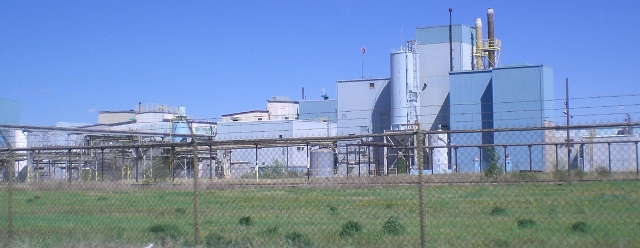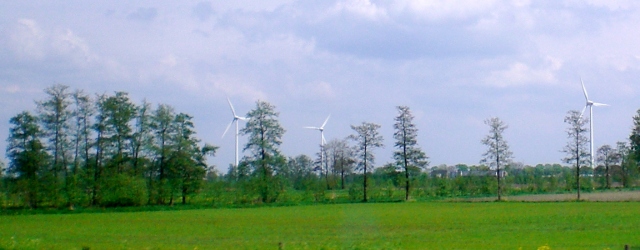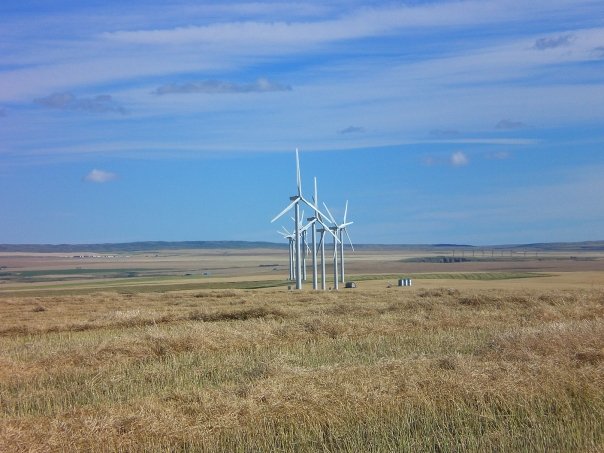We have gone a long time without an update. Ben and Alana have been working hard.
Author: Ben Harack

Saskatchewan’s Energy Future
We presented at the Legislature regarding Saskatchewan’s Energy Future. We proposed a feed-in tariff, increased wind power, adoption of a smart grid, and LEED incentives.

Feed-In Tariff Proposal for Saskatchewan
A Feed-in-Tariff is a policy mechanism designed to provide an incentive for development of a desired type. Typical implementations of feed-in-tariffs for power generation usually involve guaranteed long term prices for electricity generated and guaranteed grid access. This means that if a person or company builds this type of desired generation, they are guaranteed to be able to sell their power, and guaranteed a minimum price for their power.

Nuclear Power: The Whole Story
Electrical power production using a nuclear power source is accomplished through the heat produced by bringing greater than a specific amount of radioactive material together. Water is heated to create steam, which in turn spins turbines to generate electricity. Greater quantities or concentrations of nuclear material produce more heat. The higher the temperature of the heat source, the more efficient the production of electricity from it becomes. If the core becomes too hot, it is possible for core material to melt. If the reactor core is kept relatively cool, the energy production is not thermodynamically or economically efficient. Combinations of different fuels, fuel cladding, and coolants have been tested to optimize reactor cores for efficient power production while remaining very safe. Many different combinations are in use today, each with it’s advantages and disadvantages.

Energy: Key Terms and Definitions
Energy is a concept that represents the amount of physical work that can be done by a certain system. For instance, a tank of gasoline has a certain amount of energy that can be released by burning it to achieve useful results, like moving a car a long distance. The concept of energy is very useful when talking about subjects as broadly different as climate change, electrical power plants, car collisions, explosives, and food diets. Energy exists in two forms, kinetic and potential.
Radiation: Key Terms and Definitions
The activity of a piece of radioactive material (called a ‘source’) is a measure of how many radioactive decays taking place per second. If you compare two uranium sources for instance, the one with the higher activity would be emitting more energy. There are three kinds of radioactive decays: alpha, beta and gamma.

Wind Power: The Whole Story
“Wind Power” is the extraction of energy from the wind. Common techniques use a tower with a set of propeller blades that will spin when wind blows against them. Wind power is a renewable form of energy because wind is caused by the uneven heating of the earth by the sun.